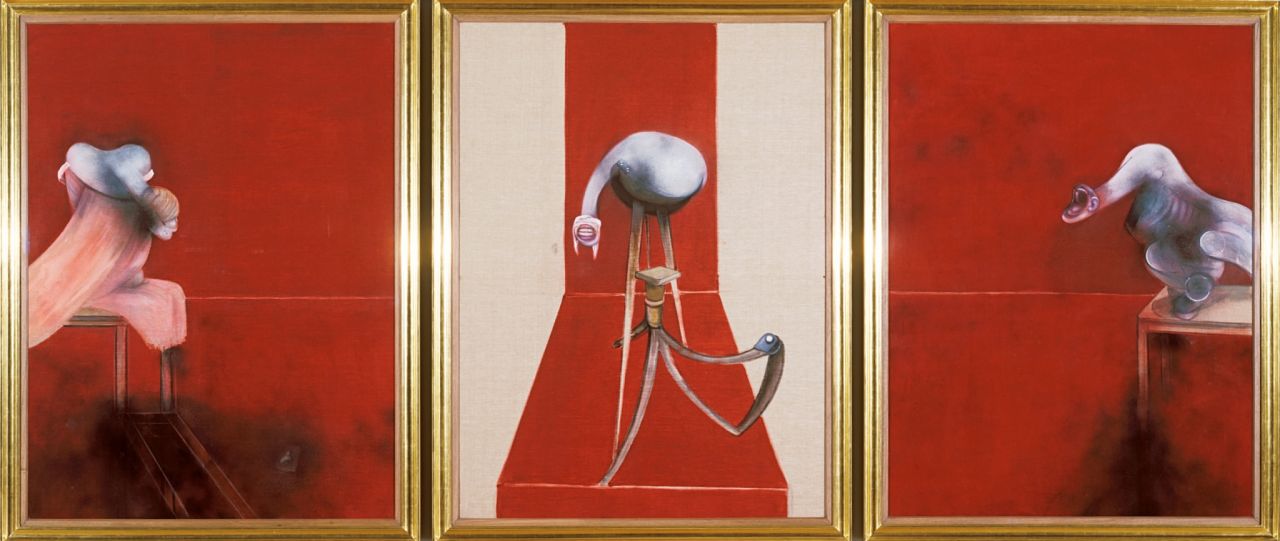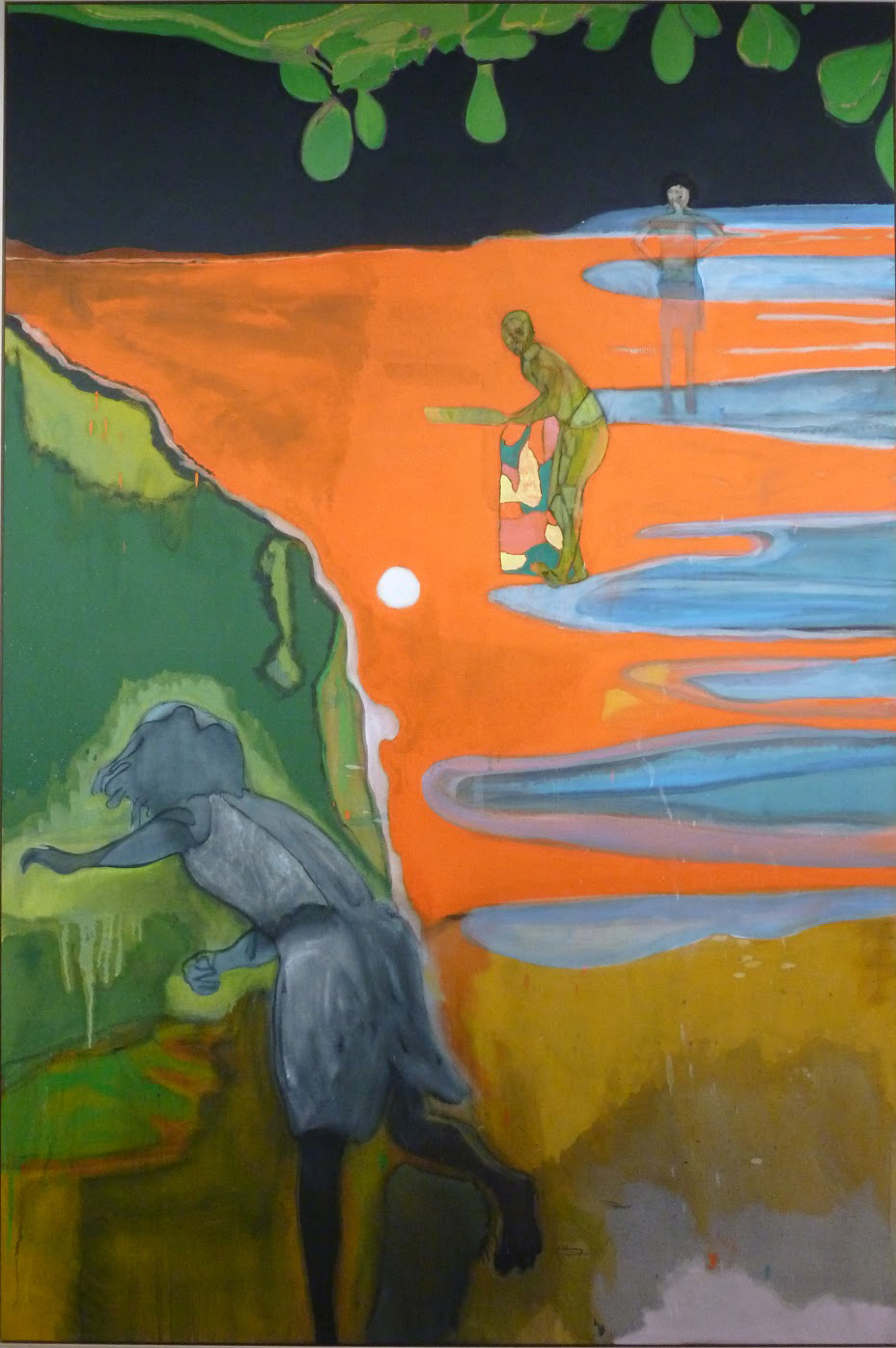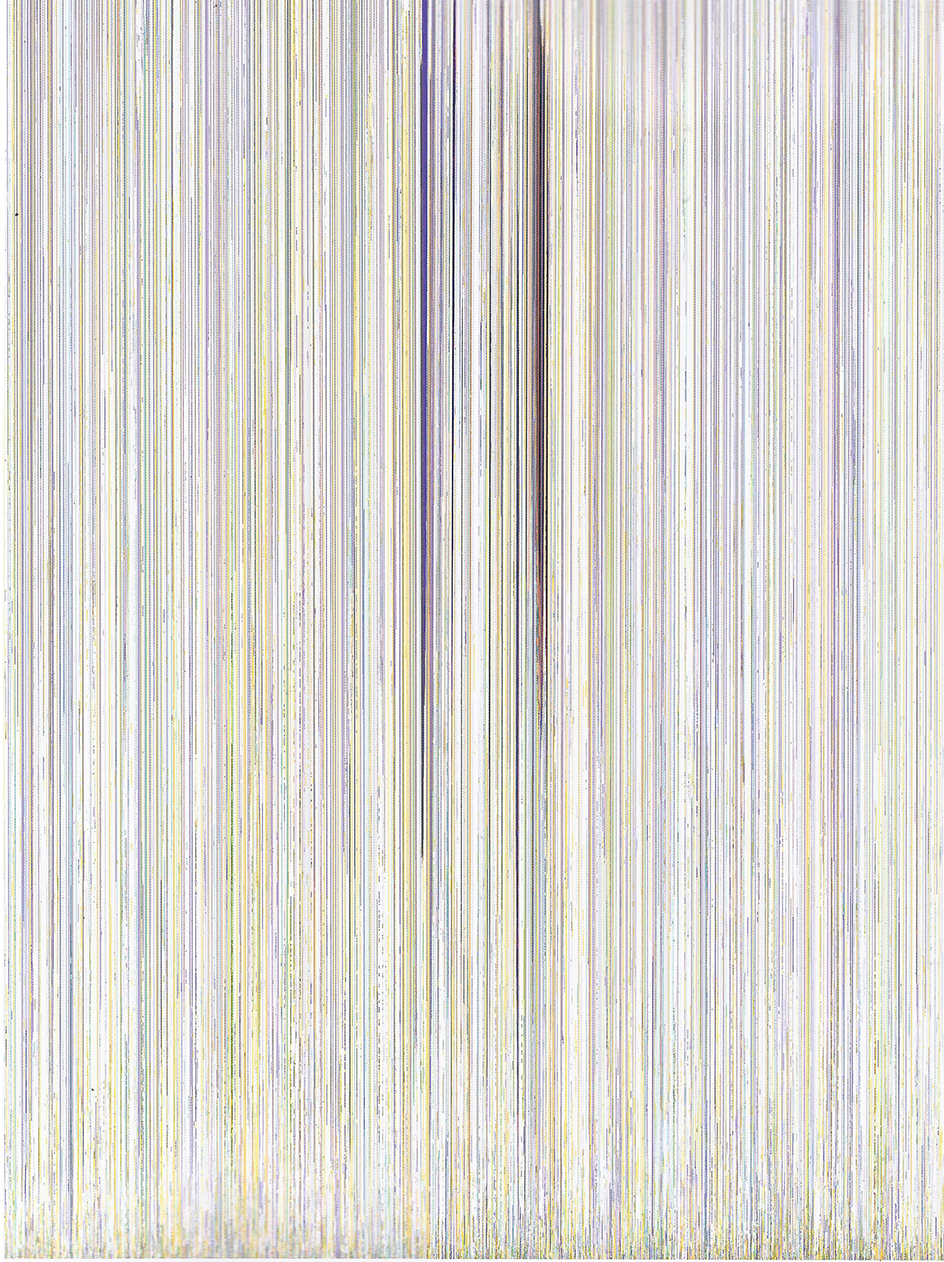When It’s Post, Modernism Always Rings Twice
The evidence that formalism has returned is amply displayed on gallery walls these days. Much of it is in the form of abstraction, or as Jerry Saltz put it in his New York Magazine article Zombies on the Wall: Why Does So Much New Abstraction Look the Same? “Modest Abstraction, Neo-Modernism, M.F.A. Abstraction, and Crapstraction,” Admittedly, he quite likes some of it, but the terms serve as fingers to trigger the yawns. Like guests arriving at a post modernist party, the formalists have been gathering in the vestibule for quite some time now, and with the soirée in high gear, an argument will inevitably erupt over what modernism and post modernism are by definition.
How about the proposition that modernism, or least a full-rounded consideration of it, never actually left us? More difficult to dispute, however, is the demise of the formalist abstraction as narrowly defined by Clement Greenberg, a favouring of compositional elements such as line, value, colour, and texture over content.
A distinct moment of modernism’s passing was observed by Rosalind Krauss in 1966. Lane Relyea’s essay All Over At Once from Critical Mess, Art Criticism on the State of Their Practice (2006), has Krauss referring to “the unraveling of modernism” and it having to do with “paintings no longer capable of finishing within their frames.” She was struck by Frank Stella’s Wolfboro series and Kenneth Noland’s diamond-shaped paintings, and especially by the degree to which both artists prioritized the series over and above any one painting in particular.
With a Francis Bacon painting, the frame is the very thing that allows the pictorial elements to sustain their intensity. Bacon was all about containment, further stuffing his figures into boxes and cages. As with a bottle of Coke, it’s the cap that stays the effervescence. What needs to be consumed from a painting by Bacon is all-inclusive, packed and tabbed within the wrapper, no outside paperwork required. Bacon’s paintings at the Art Gallery of Ontario show Francis Bacon and Henry Moore were simply electric, the battery of coiled sense and emotion having nicely maintained their charge over the years. The show could have been titled Skin and Bones, with Moore supplying the weathered femur and pelvis, and Bacon the bag of raw nerves.
 Francis Bacon, Second Version of Triptych, 1944, 1988, oil and alkyds on canvas, each panel 198 x 147.5 cm. Tate Modern, London © Estate of Francis Bacon / SODRAC (2013)
Francis Bacon, Second Version of Triptych, 1944, 1988, oil and alkyds on canvas, each panel 198 x 147.5 cm. Tate Modern, London © Estate of Francis Bacon / SODRAC (2013)
I’m not alone in suggesting that modernism has persisted. In his 1981 essay Against Post Modernism: Reconsidering Ortega, Peter Halley made the claim that modernism was not outdated, only badly formulated to begin with. He blamed critics for universally buying into Greenberg’s definition of modernism, which did not consider the full range of 20th century art. Within Greenberg’s theory, dada and surrealism are expunged. Here, even analytic cubism posed a problem and had to labeled “counter-revolution.” Bacon’s work, by virtue of its figuration is retrograde and consequently orphaned. For Benjamin Buchloh, European neo-expressionism, since it signified a return to representation, were labeled as “cyphers of regression.” The box of modernism as defined by Greenberg shatters as we attempt to cram the art of the past century into it.
 Stan Douglas, Midcentury Studio: Cache, 1948, 2010, digital fiber print mounted on Dibond aluminum, image: 45.7 x 61 cm, paper: 73.7 x 86.4 cm
Stan Douglas, Midcentury Studio: Cache, 1948, 2010, digital fiber print mounted on Dibond aluminum, image: 45.7 x 61 cm, paper: 73.7 x 86.4 cm
Why not see modernism as a seeded garden, and abstraction as a blossoming into abstract-expressionism and colour field? The post modernism that took root in the 60s, could better be termed post formalism. A great deal of the art of the past half century is the flourished outgrowth of Duchamp’s brand of modernism. Rather than post or past, the subsequent influence of his art, viewed in this way, is a logical continuum – still modernism.
A contemporary artist that has successfully exploited the breadth and potential of modernist painting to suit his own expressive ends, is Peter Doig. With licks from Matisse, Munch, and even Daumier, the artist sponges across the colour fields of Rothko as if the canvas were a ballpark – modernism at one end and contemporary art at the other. By playing both ends simultaneously, Doig gleefully runs up the painterly score at his pleasure. As with Bacon, little outside reference is needed to “get” the work. Doig’s pictorial intelligence is that of an athlete, the meat of the event being on the playing field of the canvas, not in the Sunday morning colour commentary.
 Peter Doig, Cricket Painting (Paragrand), (detail), 2006–2012, oil on canvas, 118.25 x 78.75 in. (300.4 x 200 cm)
Peter Doig, Cricket Painting (Paragrand), (detail), 2006–2012, oil on canvas, 118.25 x 78.75 in. (300.4 x 200 cm)
The Stan Douglas exhibition at the Ryerson Image Centre in Toronto was prologued by a wall text, in which the artist stated: “It is not always necessary for the viewer of my work to be aware of every source and reference. If a work cannot be understood on any level by just experiencing and having everyday knowledge of television and film, then the work is not successful.” If the statement is not exactly a disclaimer, they are words that soothe and comfort to allay contextual anxiety. To quote Relyea again on Krauss, “a pivotal moment marking the transition from modernism to the more expanded field of postmodernism,” was the moment that access to the artworks required “a long chain of explanation.” Regarding the burden imposed on both artist and viewer, Relyea quotes Hal Foster, “As one moves from project to project, one must learn the discursive breadth as well as the historical depth of many different representations – like an archaeologist who enters a new culture with each new exhibition.”
 Stan Douglas, Corrupt Files 2010_3024, 2013, Color inkjet mounted on Dibond aluminum, image: 195.6 x 151.2 cm, paper: 223.5 x 176.6 cm
Stan Douglas, Corrupt Files 2010_3024, 2013, Color inkjet mounted on Dibond aluminum, image: 195.6 x 151.2 cm, paper: 223.5 x 176.6 cm
With his 2010 Midcentury Studio series of photos, Douglas has pushed to the limit mediation, reference, and control over the image itself. With the elaborate staging of props, actors, and image production machinery, he achieves a faux realism, a simulated moment with the look of the actual, but a deception, nevertheless. This hyper management of the pictorial surface carries the aura of painting, enlisting the panoply of formalist principles. Each Midcentury Studio photo becomes, in effect, a found image, flotsam in the cultural sea of the artist’s own making.
If the buckling of modernism into post modernism took place in the 60s, then the current return of formalism may signal the folding point of post modernism into, if not merely a reassessment of modernism, then perhaps something new altogether. I read the 2013 Corrupt Files works by Douglas as tokens of the rupture in the reign of post modernism, the collapse of the image under the weight of a surfeit of information and reference.
Steve Rockwell
